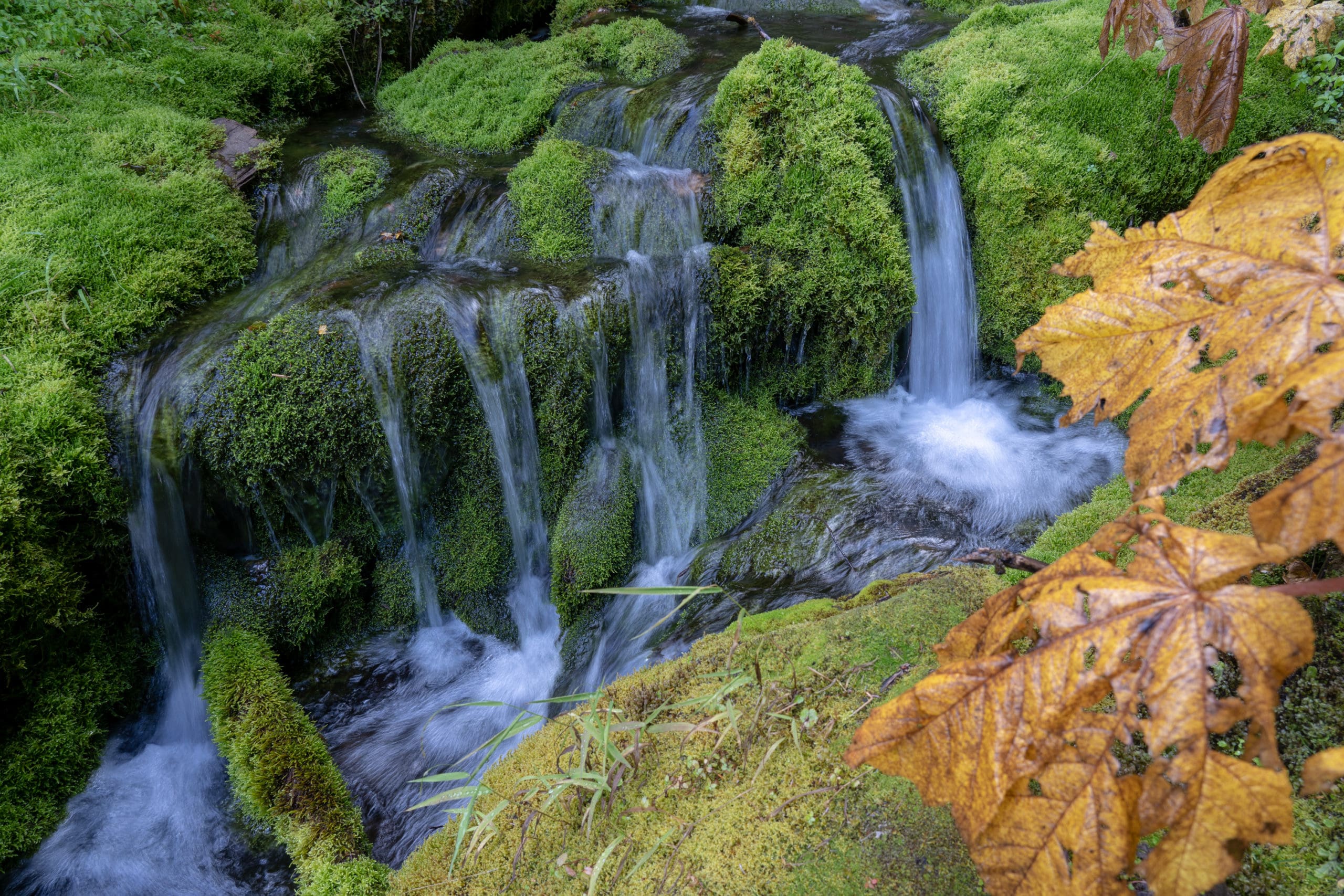
you’re helping people and nature thrive
Your support powers our mission to connect and protect wild spaces from Yellowstone to the Yukon.
It’s working. And it’s changing lives, landscapes and the future for wildlife.
See what impact your support makes possible
your support has helped to protect more land than ever before
+80%
increase in protected areas
We’ve worked with partners to increase the amount of protected areas in the Y2Y region by 80% since 1993. That’s twice the rate of the rest of North America and 80% more space for wildlife to roam, mate, survive and thrive.
This network of connected and protected areas gives wildlife room to roam. Without it, the diversity across the Yellowstone to Yukon region would be far less.
”It’s wonderful to know that the work you’re doing is extending and strengthening wildlife habitat for the future. It’s inspiring and energizing, and this big vision means a great deal to me.”
Scott S, Y2Y Donor, Erie, PA
Since 1993, Y2Y and partners have helped advance additional protected areas (shown in dark green on the map above).
see how we’re building on that momentum, and how your support propels our mission
Every year, we move the needle for nature, thanks to you. With the power of our community behind us, we’re making bold progress to protect wildlife, connect wild places and support thriving communities across the Yellowstone to Yukon region.
Here’s how your support is turning vision into action, for people and the planet.
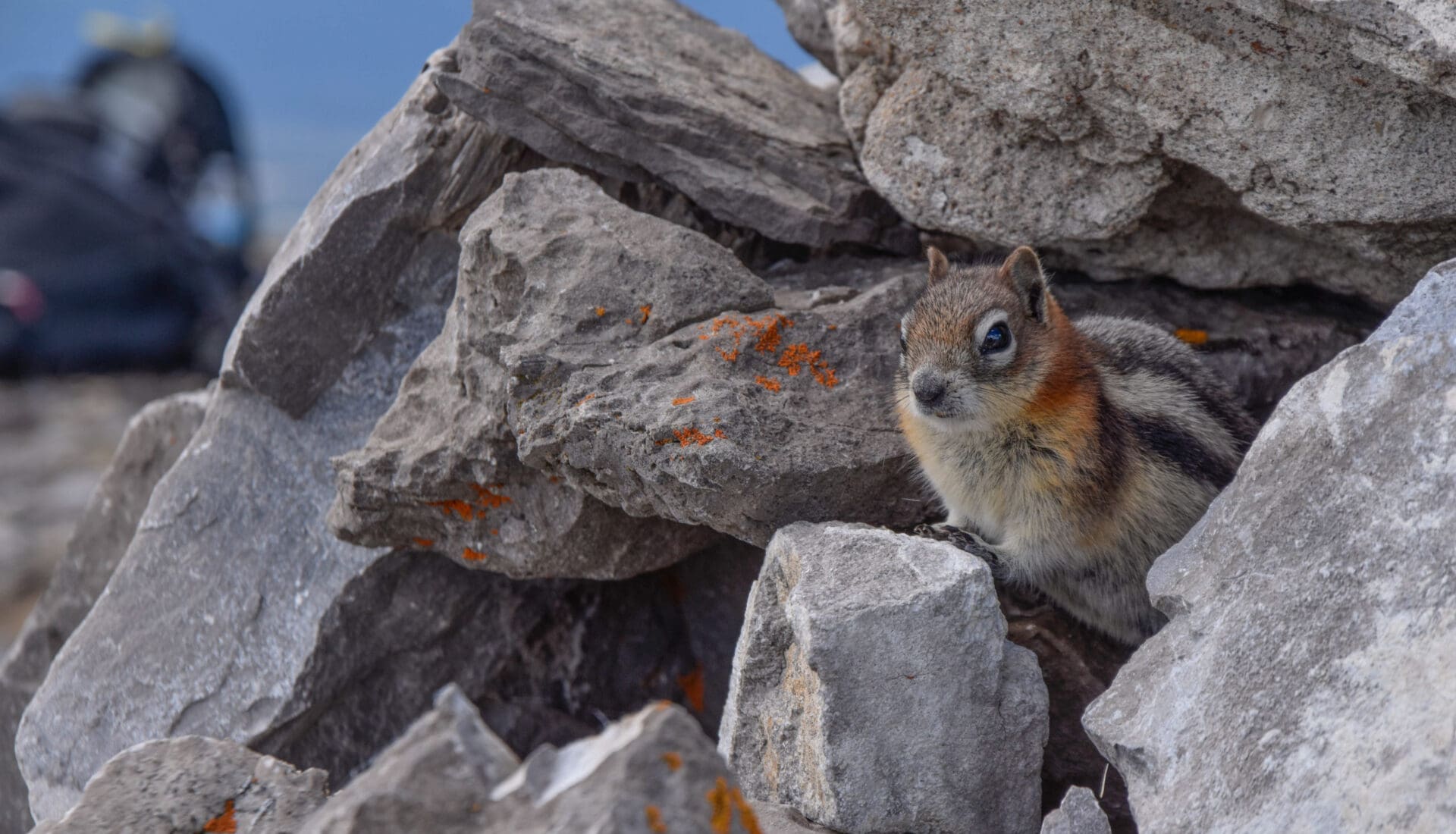
protecting habitat
We work with hundreds of partners and supported Indigenous-led conservation to protect and expand the landscapes that wildlife need to roam, survive, thrive, and yes, chow down.
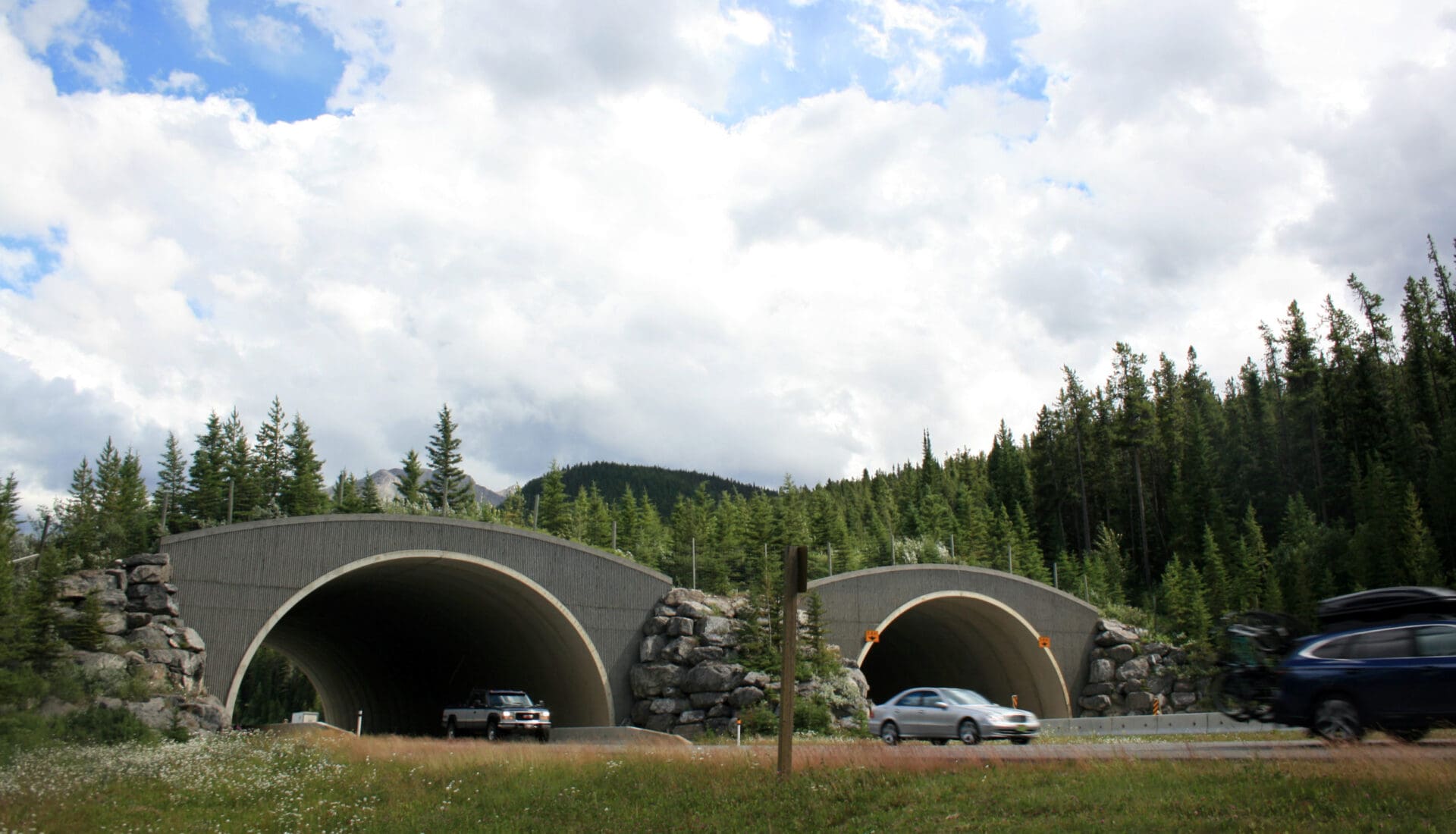
connecting habitat
We work to remove barriers to wildlife movement and help keep habitats connected — a key to species survival.
We’re working to make highways safer for wildlife and people by supporting work to identify where to build over and underpasses or convert existing road infrastructure. Projects like Reconnecting the Rockies in southern Alberta and BC are a great example of projects that reduce wildlife-vehicle collisions, making the Yellowstone to Yukon region a global leader in safe passage for animals.
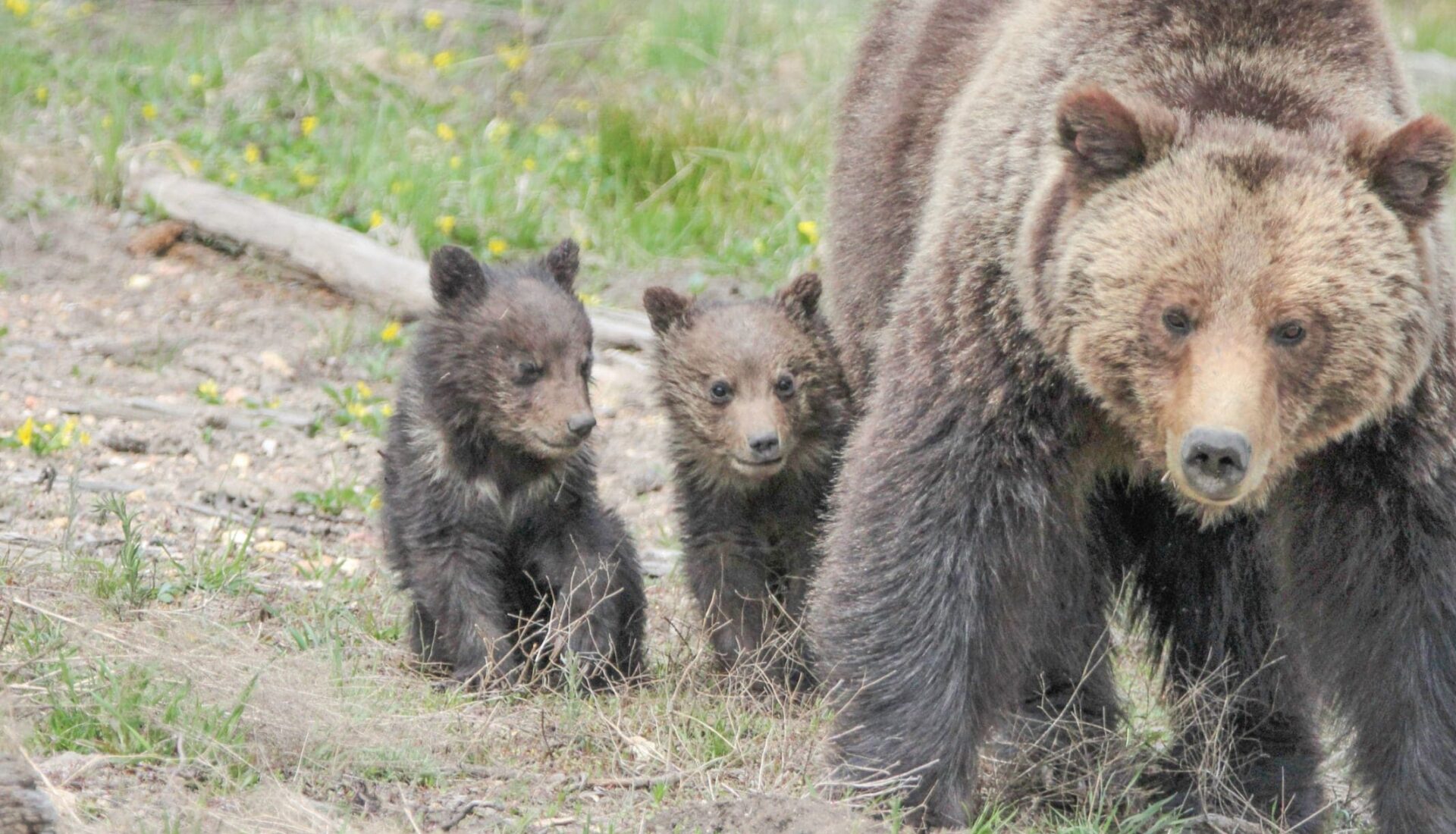
closing the gap
Thanks to more than 30 years of your support, Y2Y has worked with partners to decrease the gap between isolated grizzly bear populations in the Yellowstone ecosystem from bears in the Glacier National Park region of Montana and into Canada from 240 km (150 miles) to less than 80 km (50 miles).
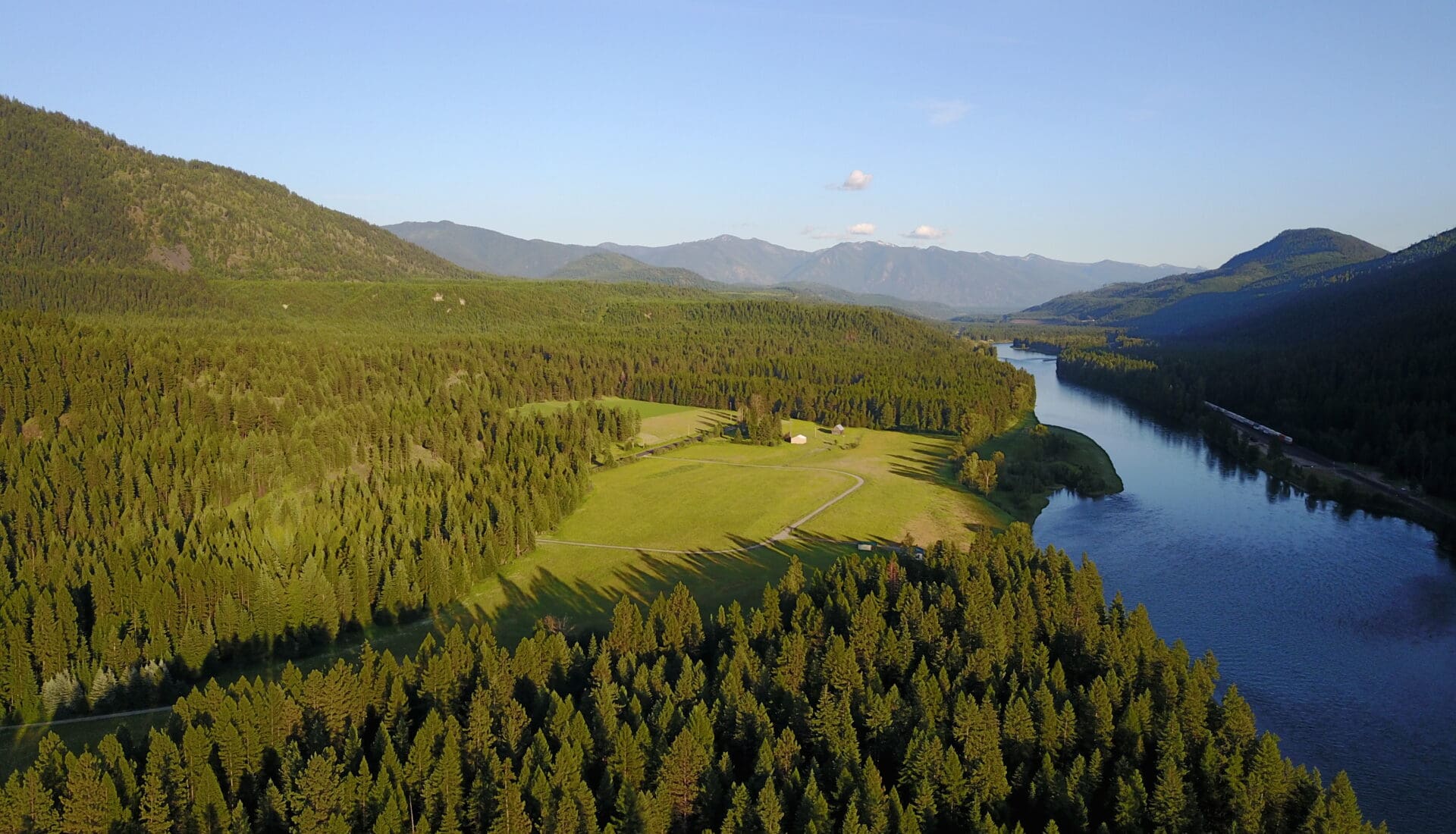
working with willing landowners
In 2024, Y2Y supported the conservation of six parcels of private lands in Canada and the US, safeguarding 6,794 acres for nature, with more in the works in 2025.
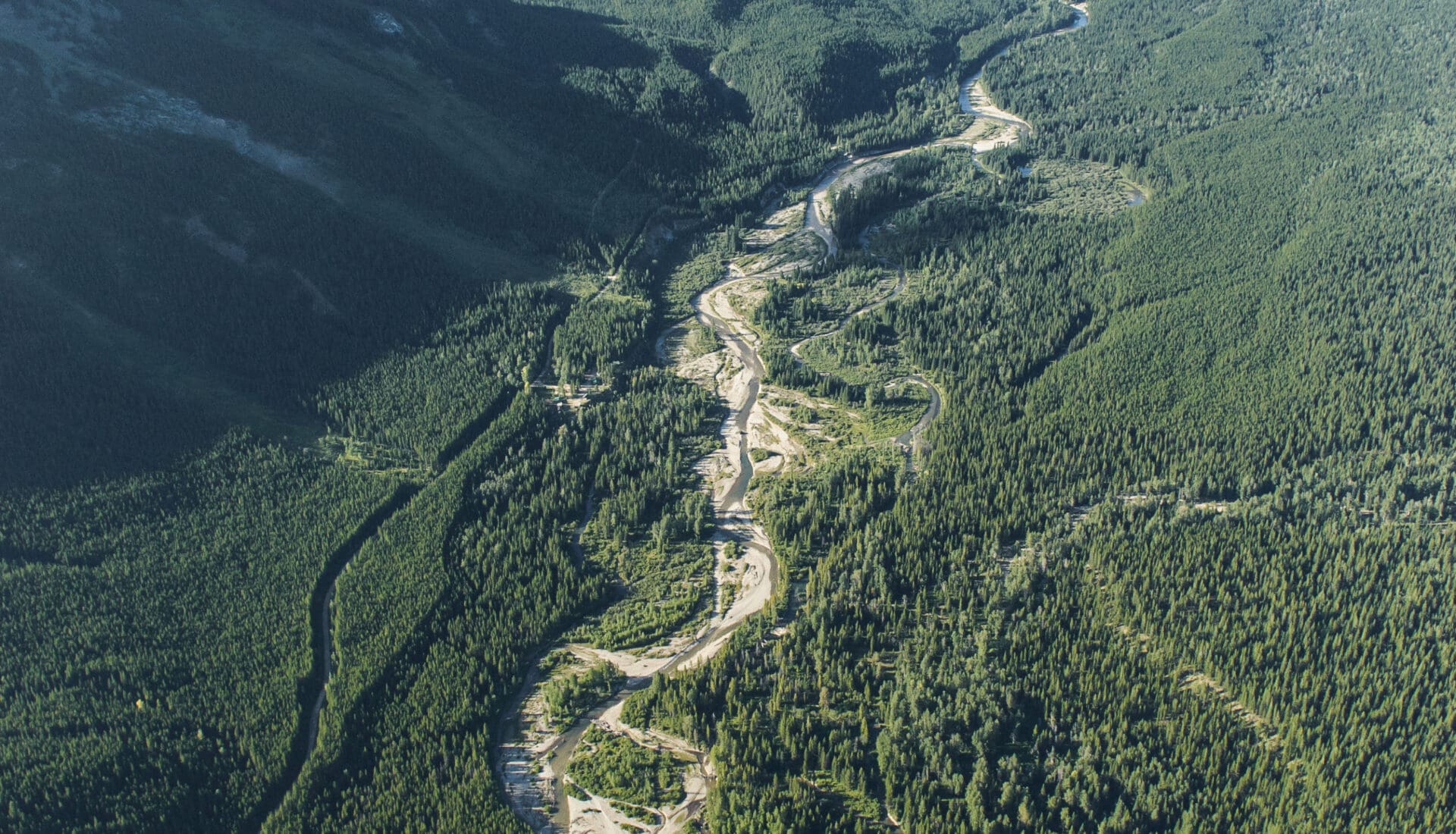
restoring habitat
We support partners to help bring damaged landscapes back to life by restoring streams, decommissioned roads, and replanting native species, all to give wildlife the space they need to thrive. Read more about the Bees to Bears project in northern Idaho.
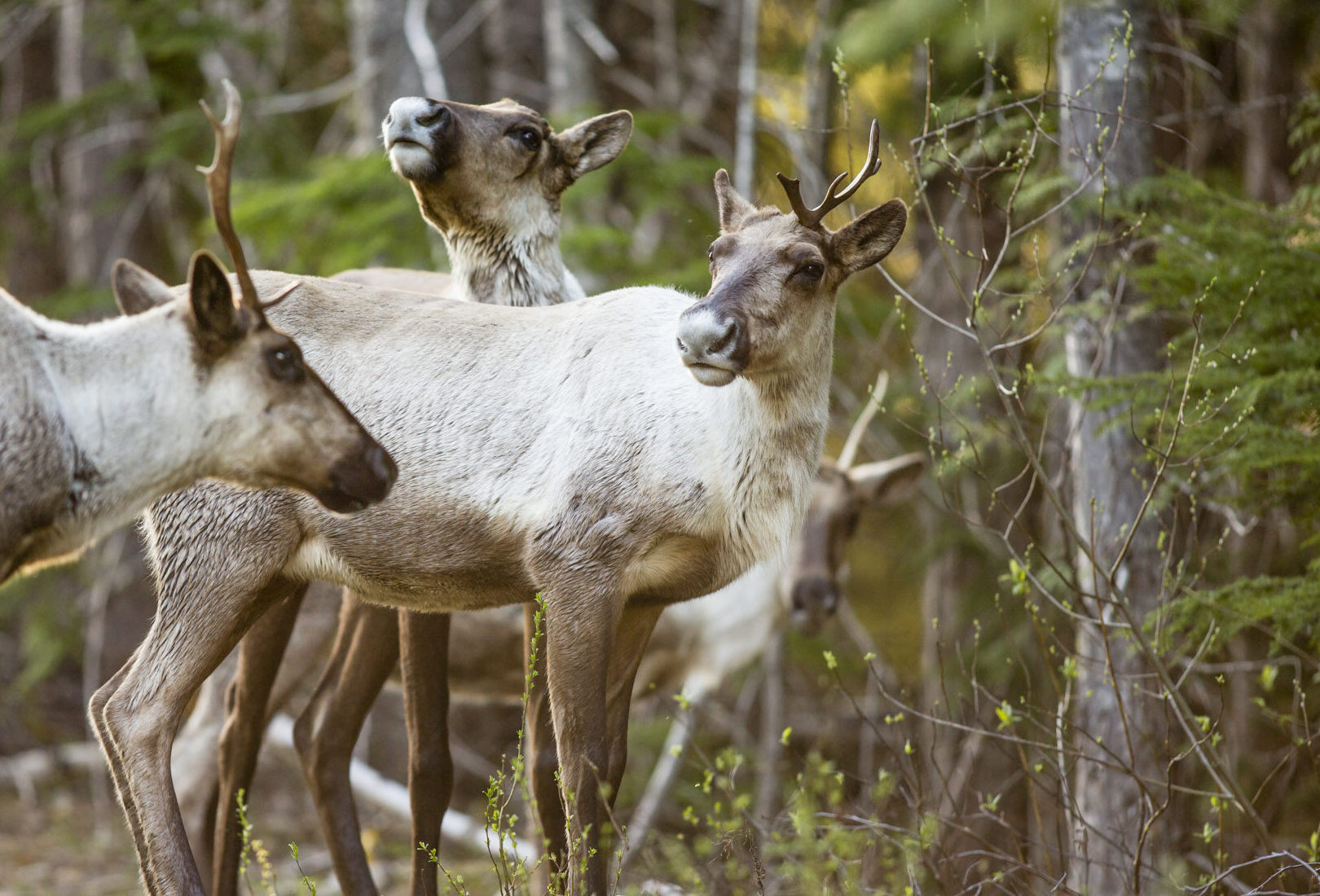
helping a caribou herd recover
Thanks to the leadership of the West Moberly First Nations and Saulteau First Nations, the Klinse-za mountain caribou population has rebounded from 16 animals in 2013, to around 200 in just over a decade.
conservation is collaborative
Y2Y’s impact reaches widely and prominently because we work with others.
Collaborating together since 1993, Y2Y and our more than 790 partners have furthered our mission through proven solutions that have tangible impacts for wildlife, people, and wild places.
what happens when we succeed
At 3,400 kilometers (2,100 miles) long, the Yellowstone to Yukon region’s transboundary landscapes present an array of challenges and opportunities to support and sustain:
-
Wide-ranging wildlife
-
Safe places they can call home
-
Corridors to connect their mates, habitats, and food
-
Healthy headwaters for clean water
-
Resilient ecosystems and communities of people
People like you are part of this solution.
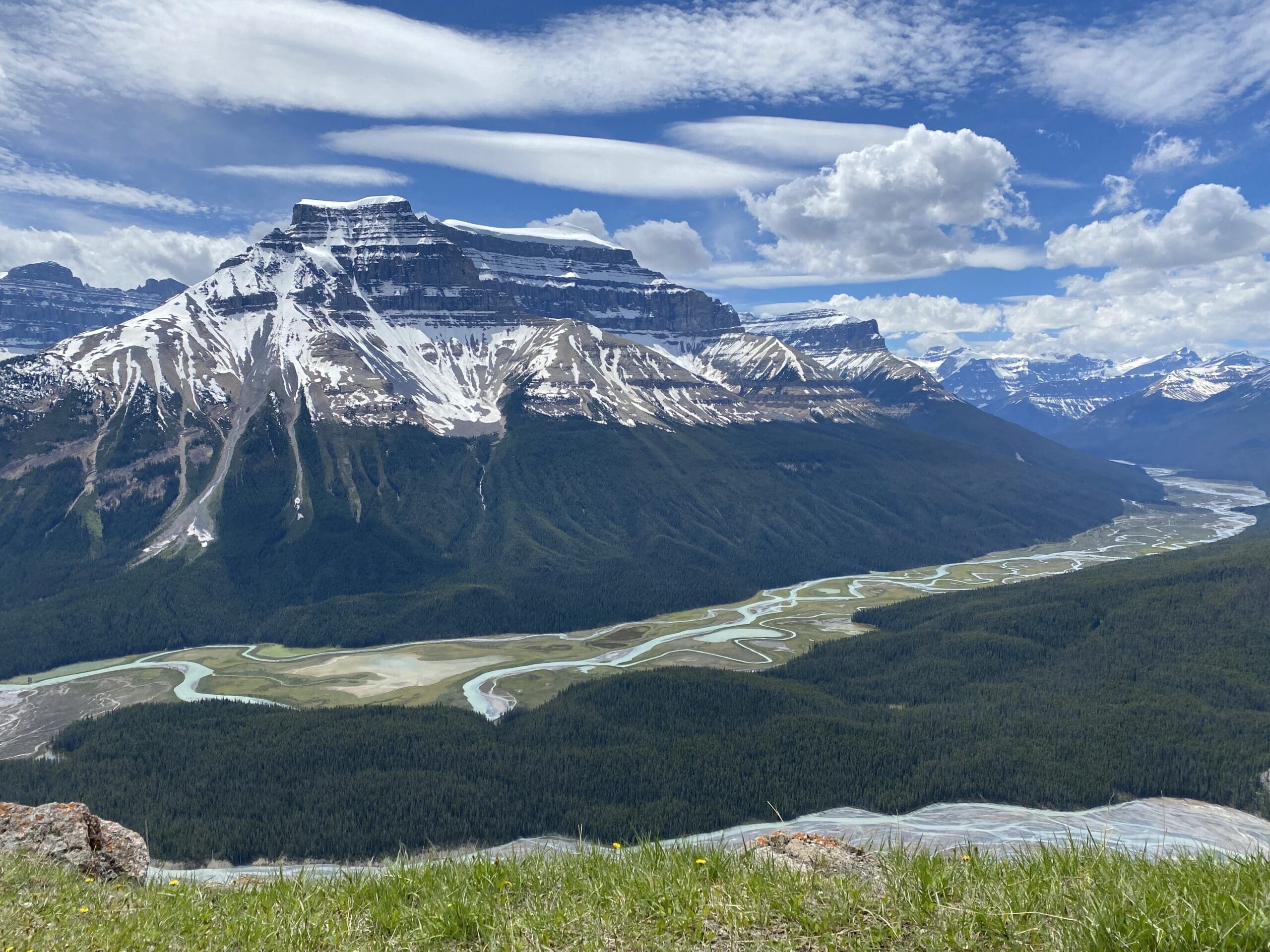
be a part of the mission
You are a critical part of our work. Your gift helps us to connect and protect habitat so that people and nature can thrive.
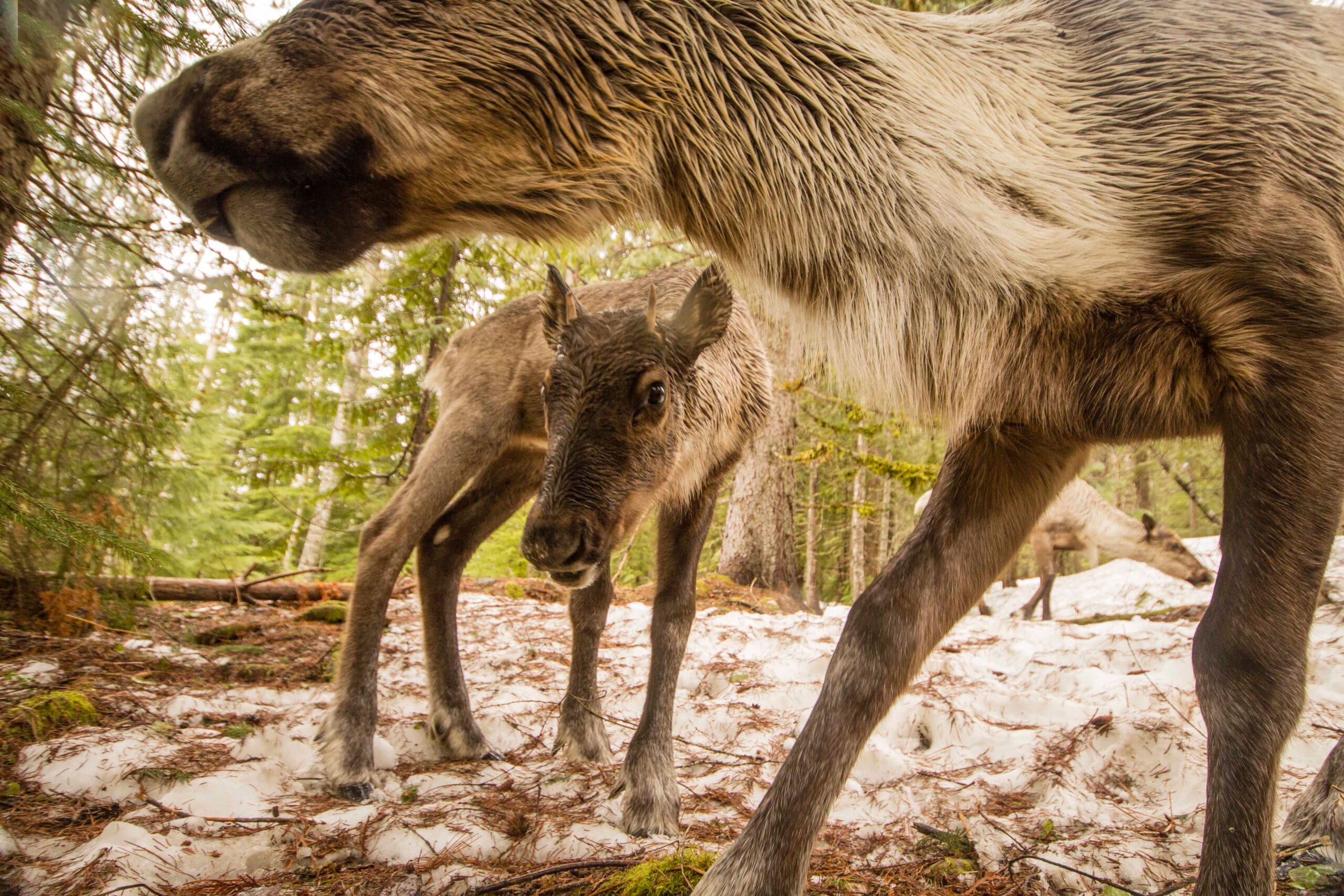
want to know more?
Learn about our impact since 1993, read our annual report and financials, or view past versions of newsletters.

